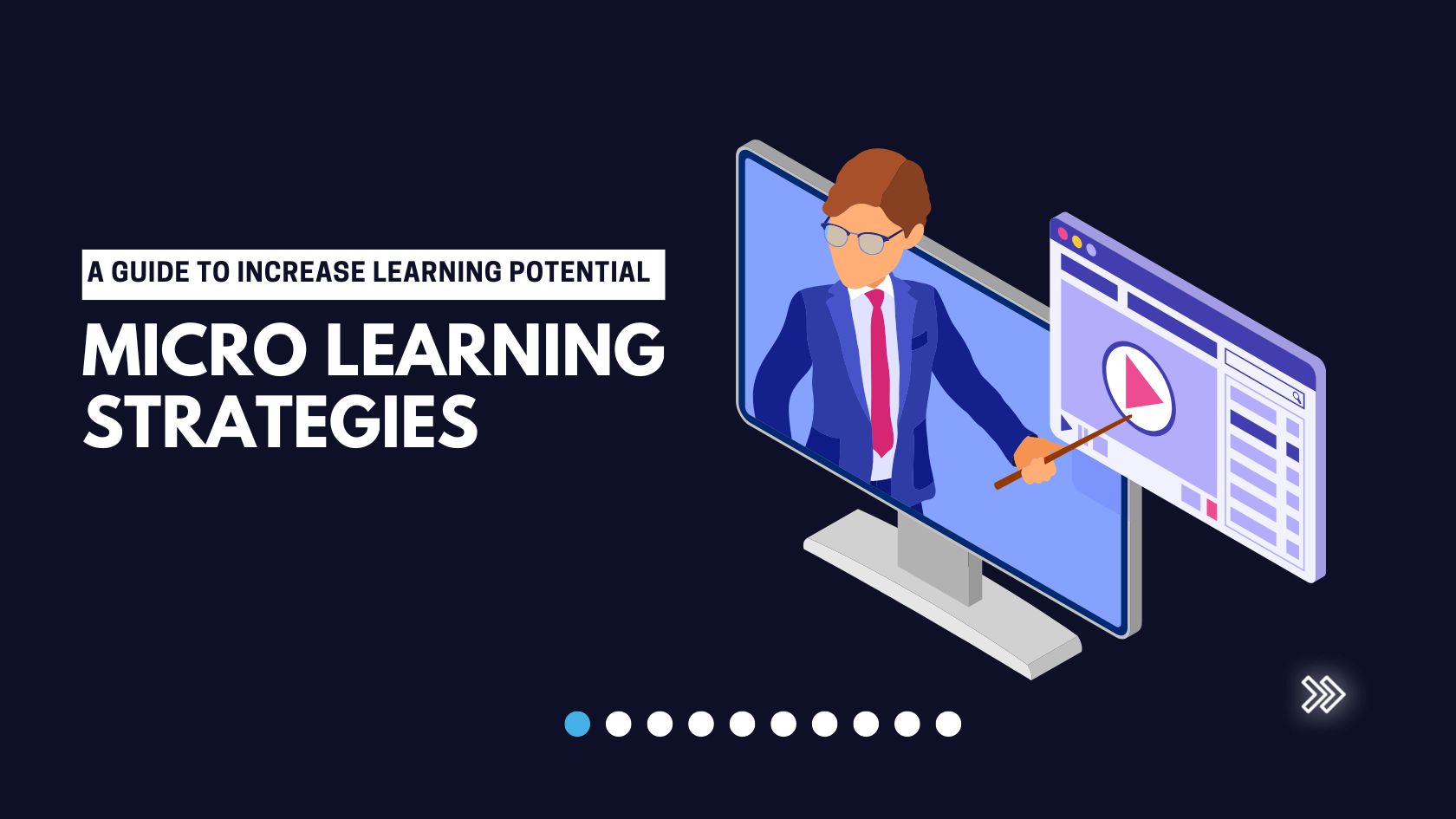7 Enterprise App Trends for 2015
Page Contents
The enterprise application playing field of today is quite different from that of only a few years ago. So what are some of the biggest trends as we head into 2015?
Faster, Easier App Development
Adam Seligman, vice president of Developer Relations at Salesforce, commented on how every year there are new technologies that come out and capture everyone's attention. He mentioned Docker, which has the tag line “build, ship and run any app, anywhere,” as an example. The latest tools for creating enterprise applications are getting easier and faster to use, he pointed out.
“The new normal for business is small agile teams building the thing they need fast, not waiting for IT, for big transactional systems to catch up or for commercial software vendors,” said Seligman. “Small teams of business experts, developers and designers cranking out a mobile app fast that solves a customer need — that's the new normal, the new basis of competition.”
Enterprise Overtakes Consumer Apps
The mobile world has been dominated by consumer apps for a number of years. But Seligman senses we are seeing a reset in enterprise apps.
“The economic wave has crested on consumer apps which are baseline expectations, not huge profit engines,” he said. “But apps for employees and B2B partners are a huge opportunity.”
Salesforce sees this with the explosive growth of apps on its AppExchange; those apps average $400,000 in revenue vs. a hundredth of that in the Apple app store, Seligman said.
Cloud Apps Thrive
It's become so easy to develop cloud-based apps, that the days of on-premise apps may be numbered.
“Cloud has become the default development platform for software vendors' enterprise applications,” said Bob Muglia, CEO of Snowflake Computing. “It is also becoming the default choice for most companies' packaged applications and is even starting to become the default choice for companies' internal IT application development projects.”
SaaS Acquisition Frenzy
Muglia takes this a stage further. He thinks there will be far fewer small software-as-a-service vendors due to an accelerating trend of acquisition of SaaS application vendors by traditional software vendors.
“Enterprise application vendors with both cloud and on-premise offerings will increasingly shift toward selling the cloud version of applications as their default sales motion because of the lower cost of delivering and supporting their cloud versions,” Muglia said. “Companies will increasingly require that their enterprise application vendors offer a SaaS version of their applications, even when the company initially deploys on-premises, in order to future-proof their application infrastructure.”
Need for Data Speed
No longer can an application depend on yesterday's data. Propelled by the consumer market's need for speed, the enterprise app space is moving toward real-time data and real-time answers.
“One retail CIO told me that while it's great to get a model of their customers reflecting their history, what he really needed to know is what the customers have been doing with their brands in the last 10 minutes,” said Monte Zweben, CEO and co-founder of Splice Machine. “With that information, they can present the right products, offers and content that satisfies them and maximizes opportunities. This 10-minute rule requires them to ingest, clean, analyze and act upon enormous amounts of data from every channel with unprecedented velocities.”
Applications that Ease Mobile Workflows
Truly productive and useful enterprise mobile apps are all about continuous business processes and workflows. For example, most users don't want to just look up a customer and corresponding contact information, they want to look up a customer, check for suitable products, show relevant information about those products, place a purchase order for those products and send the customer a summary of that transaction.
“Users are looking for apps that don't just allow them to look up information in separate data sources; they are looking for seamless interactions with their enterprise that enable them to get stuff done,” said Peter Price, CEO of Webalo. “I want to approve employee-related requests from my smartphone or tablet, like expenses on paid time off.”
Outsourcing Mobile App Development
It's one thing to want all your enterprise applications available on mobile devices, fully functional and completely integrated. But it's quite another to be able to afford the resources to create that — particularly if you have a large existing base of customers using on-premise software. Those users and their various older versions must be maintained, which can make it difficult to free up enough talent to create the mobile tools required.
“Perhaps the most interesting trend and concern in the market is the volume of demand for mobile apps vs. the available resources to build and deploy them,” said Price. “The reality is that the demand for mobile apps inside an enterprise cannot be met if the current ways of building, deploying and managing those apps continue to require the highest skill levels in application programming. The resources aren't there and where they are, they are often expensive.”
General Electric, for example, outsourced a lot of its mobile application development to Webalo, which offers an app development platform that acts as the interface between backend systems and mobile functionality.
Drew Robb is a freelance writer specializing in technology and engineering. Currently living in Florida, he is originally from Scotland, where he received a degree in geology and geography from the University of Strathclyde. He is the author of Server Disk Management in a Windows Environment (CRC Press).

Drew Robb is a writer who has been writing about IT, engineering, and other topics. Originating from Scotland, he currently resides in Florida. Highly skilled in rapid prototyping innovative and reliable systems. He has been an editor and professional writer full-time for more than 20 years. He works as a freelancer at Enterprise Apps Today, CIO Insight and other IT publications. He is also an editor-in chief of an international engineering journal. He enjoys solving data problems and learning abstractions that will allow for better infrastructure.


